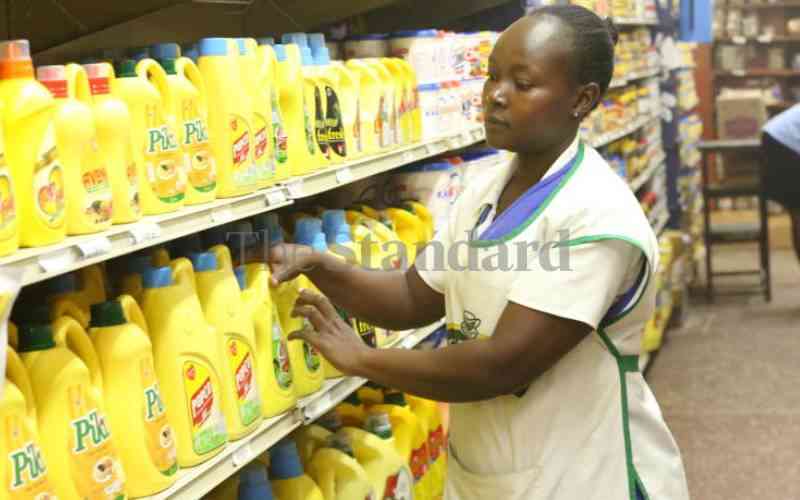×
The Standard e-Paper
Stay Informed, Even Offline

Over the past few days the government has been on the defensive in response to broad concern over the high cost of living.
This comes in the wake of a biting cash crunch that has delayed the salaries for public sector workers in both the national and county governments, leaving the State scrambling for explanations.